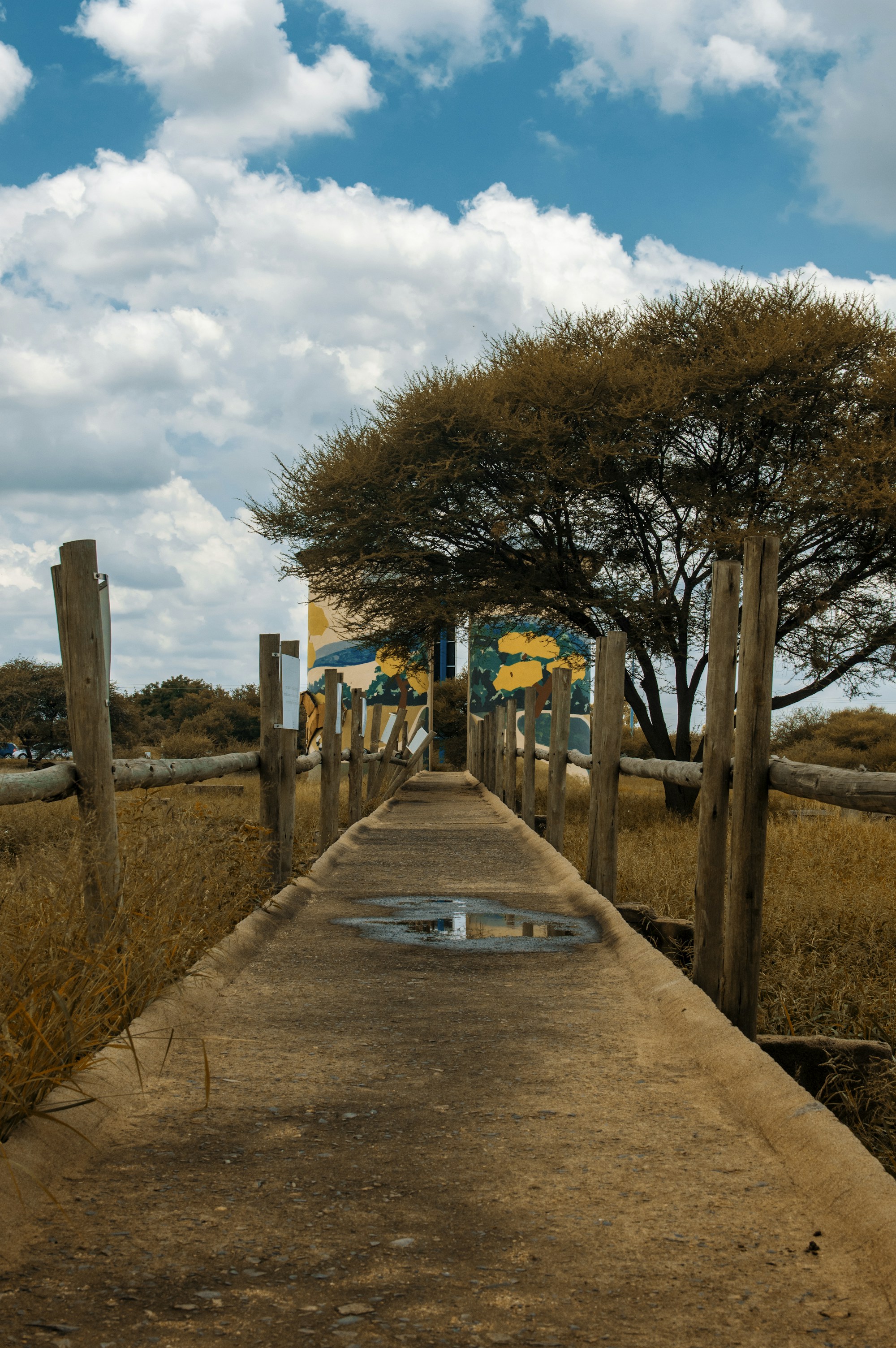Best Time to Visit Gaborone: Weather & Seasons Guide

Best Time to Visit Gaborone: Weather & Seasons Guide
Gaborone, the capital city of Botswana, is known for its pleasant weather and diverse landscapes. Located in the southern part of the country, Gaborone experiences a semi-arid climate with distinct seasons throughout the year. Understanding the weather patterns in Gaborone will help you plan your trip and make the most of your visit.
Seasons in Gaborone
Gaborone has four distinct seasons: summer, autumn, winter, and spring. Each season offers a different experience, so it's worth considering what you're looking for in your visit to decide the best time to visit. - Summer (November to February): Gaborone experiences hot and humid summers with temperatures ranging from 25°C (77°F) to 35°C (95°F). This is also the rainy season, with frequent afternoon thunderstorms and occasional showers. The landscape turns lush and green during this time, providing a beautiful backdrop for outdoor activities. - Autumn (March to May): Autumn in Gaborone brings milder temperatures as summer transitions into winter. Daytime temperatures range from 20°C (68°F) to 30°C (86°F), while evenings can be cool with temperatures dropping to 10°C (50°F). This is a good time to visit if you prefer pleasant weather without the high heat of summer. - Winter (June to August): Winter in Gaborone is dry and mild, with daytime temperatures ranging from 15°C (59°F) to 25°C (77°F). However, nights can get cold, with temperatures dropping to 5°C (41°F) or even below freezing in some areas. If you don't mind the chilly nights but prefer mild days, this is a great time to visit. - Spring (September to October): Spring is a transitional season in Gaborone, characterized by warm days and cooler nights. Daytime temperatures range from 20°C (68°F) to 30°C (86°F), while nights become milder compared to winter. The landscape starts to transform as flowers bloom, making it a picturesque time to visit.
Monthly Overview
To help you further understand the weather in Gaborone, here is a monthly overview of the average temperature, humidity, sunshine hours, and rainfall:
| Month | Season | Humidity | Temperature (°C) | Sunshine Hours | Rainfall (mm) |
|---|---|---|---|---|---|
| January | Summer | 68% | 25 - 35 | 8 hours | 92mm |
| February | Summer | 70% | 25 - 34 | 8 hours | 69mm |
| March | Autumn | 67% | 20 - 31 | 8 hours | 34mm |
| April | Autumn | 58% | 16 - 28 | 9 hours | 16mm |
| May | Autumn | 45% | 10 - 25 | 9 hours | 6mm |
| June | Winter | 35% | 6 - 21 | 9 hours | 2mm |
| July | Winter | 35% | 5 - 21 | 9 hours | 1mm |
| August | Winter | 31% | 8 - 25 | 10 hours | 1mm |
| September | Spring | 37% | 12 - 28 | 11 hours | 5mm |
| October | Spring | 45% | 17 - 33 | 10 hours | 20mm |
| November | Summer | 58% | 20 - 33 | 9 hours | 47mm |
| December | Summer | 63% | 23 - 34 | 8 hours | 82mm |
Conclusion
Gaborone can be visited throughout the year, depending on your preferences. If you enjoy hot and humid weather with the lushness of the rainy season, visit during the summer months. For milder temperatures and pleasant weather, autumn and spring are ideal. If you prefer mild days with chilly nights, winter is the best time to visit. Consider the weather conditions and your preferred activities to determine the perfect time for your Gaborone adventure.
